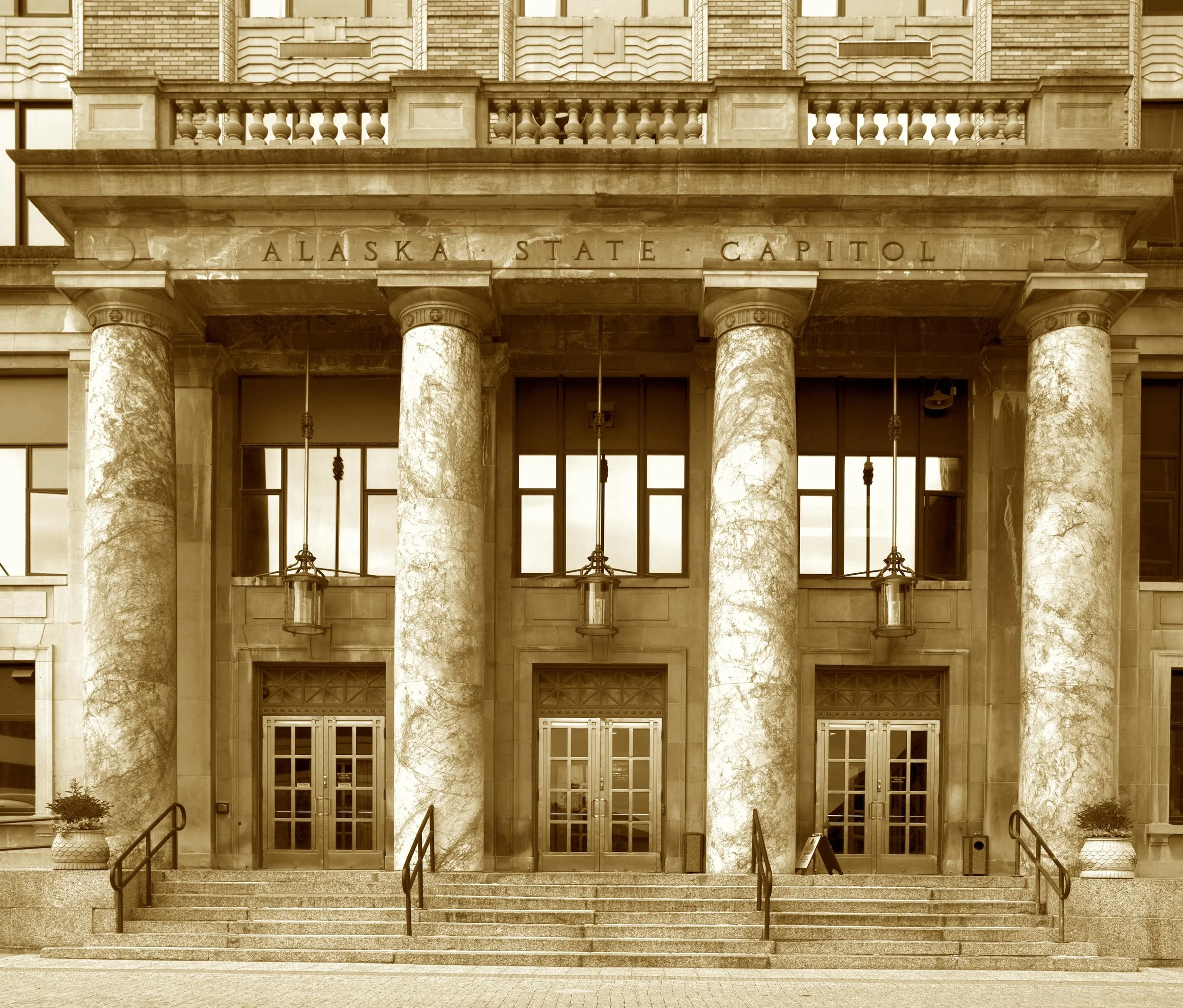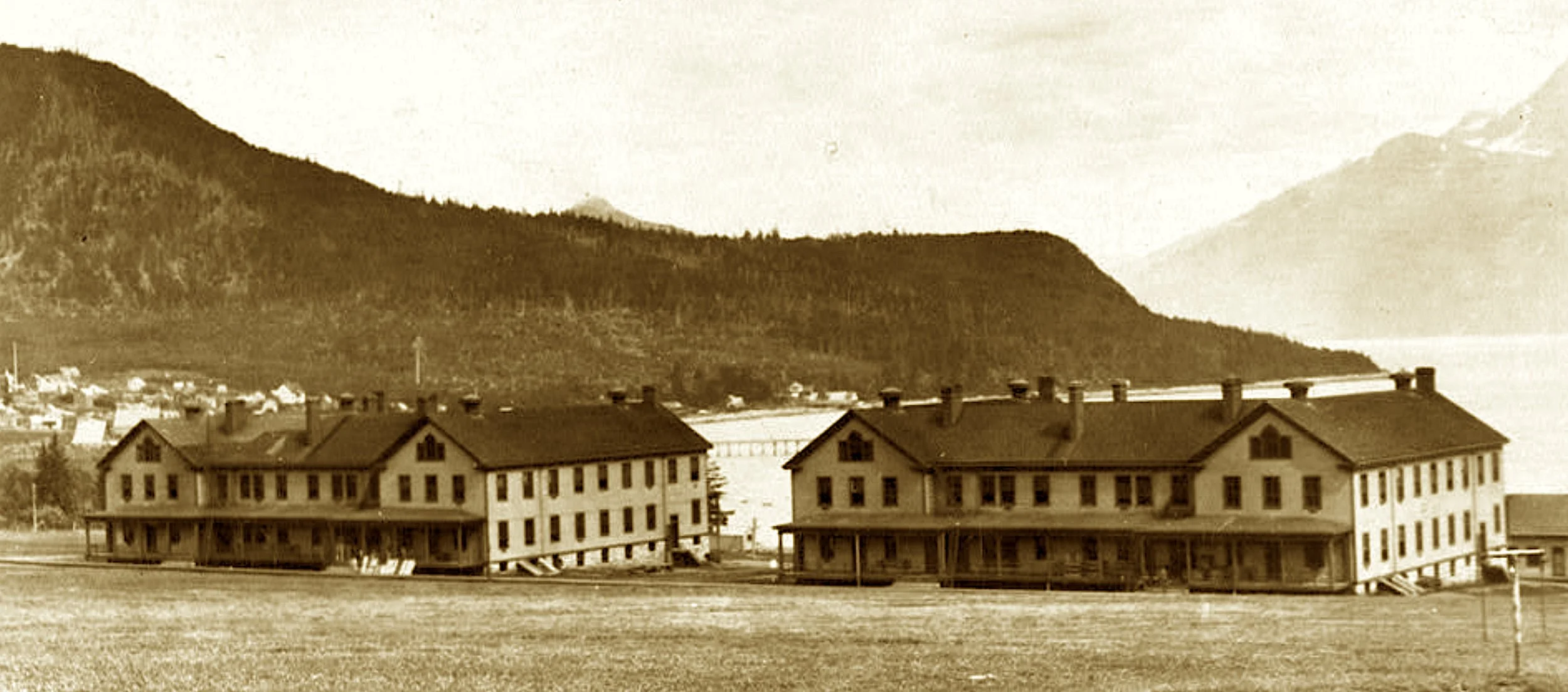
Alaska Scavenger Hunt
Alaska does not so much invite history as demand it. Remote, massive, and mercurial, The Last Frontier has always sat a little apart from the national story—until the day it didn’t. With a landmass that could swallow Texas and still ask for seconds, Alaska was never a place easily measured by ordinary metrics. Its story stretches back through millennia of Indigenous cultures who thrived in Arctic and sub-Arctic extremes, navigating rivers and forests with a depth of knowledge matched only by the harshness of the terrain. Russian traders, drawn by sea otter pelts, laid the first colonial claims in the 18th century, and the Orthodox crosses they planted remain upright in many communities to this day.
But it was the sale to the United States in 1867—derided as “Seward’s Folly”—that marked Alaska’s strange entry into the American experiment. For decades, federal indifference was Alaska’s most stable feature. There were few roads, few rights, and fewer investments. The land was governed from afar, patrolled by sea, and navigated by boot and dogsled. Yet gold changed that. So did salmon, copper, and eventually oil. So did war, as the Japanese occupation of the Aleutians in World War II reminded Americans that this distant outpost was in fact vulnerable—and vital. And when statehood finally arrived in 1959, Alaska brought with it a history equal parts defiant and resourceful.
The clues in this collection follow that trail: from ancient totem parks to Cold War chapels, from stampeder saloons to modern steel towers, all telling the tale of a state both timeless and utterly new. Here are the foundations poured in frost, the bunkhouses warmed by promise, and the stories carved in wood and mountain. These 50 places are not simply where Alaska happened—but where its soul was shaped.
The photos and stories collected here are a fast and fun way to learn the explanations behind the quirks, the traditions and the secrets that make Alaska uniquely Alaska. How did the St. Louis World’s Fair of 1904 save Alaskan culture? Solved. How did Jefferson Randolph Smith get his nickname “Soapy”? A mystery no more. What is the largest fisheries port in the United States? Identified. What was the “doll system” in frontier gold rush saloons? Revealed. Was the sinking of the SS Clara Nevada an inside job? No one knows.

Where the Dena’ina once cast out their line, And Russian-built forts marked a new border sign, A bell tower rises in classic array To echo the chants of an Orthodox day. Oldest of churches still gracing the strand— A sanctuary carved in a far northern land.

From nowhere to somewhere in less than a year, They blazed through the North with mosquitoes and gear. A wartime road built with urgency's spark— Now lures modern road-trippers up from the dark. The Milepost begins where the tall spruce still grow— At Tok, where the ribbon of conquest does flow.

They moved from old Sitka with legislative dreams, And raised a brick box amid rivers and streams. The limestone gives grace, but the grandeur is shy— No dome to proclaim laws born under the sky. Juneau’s endured all the whispers and fuss— Its marble-clad halls still govern for us.

They named it for McKinley, a president gone, But locals had called it Denali all along. Mission Sixty-Six gave the mountain a frame— A visitor’s space by its hard-to-pronounce name. Steel, glass, and facts at the foot of the throne— Where “The High One” now officially stands on its own.

They said there was copper—a glacier of green— But moving it out was a logistical dream. They built a whole railway and floated a boat, To ship out the riches they pulled from the moat. Though silent today, those red buildings gleam— A ghost town once powered by Wall Street’s grand scheme.

When soldiers no longer fought gold rush stampedes, They gardened, played music, and saw to small needs. With granite and cedar the fort came to life, Far from the echoes of prospecting strife. Today it’s an artful and peaceful domain— Where the army once drilled in the wind and the rain.